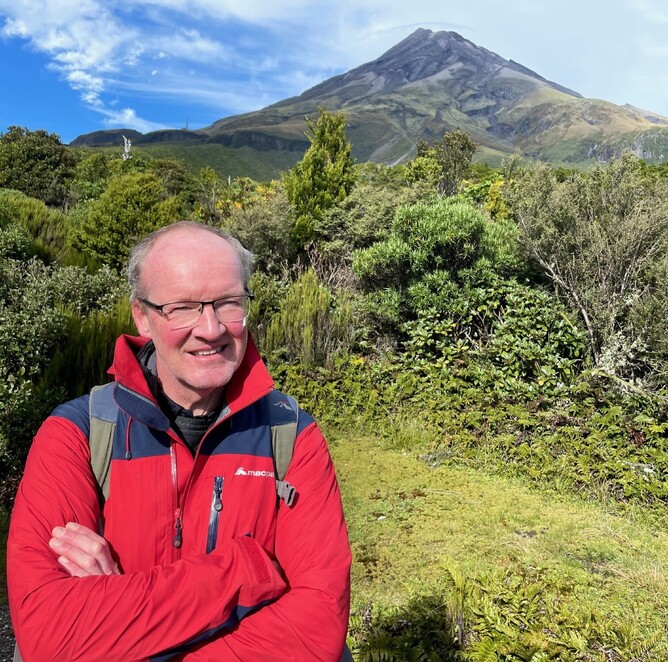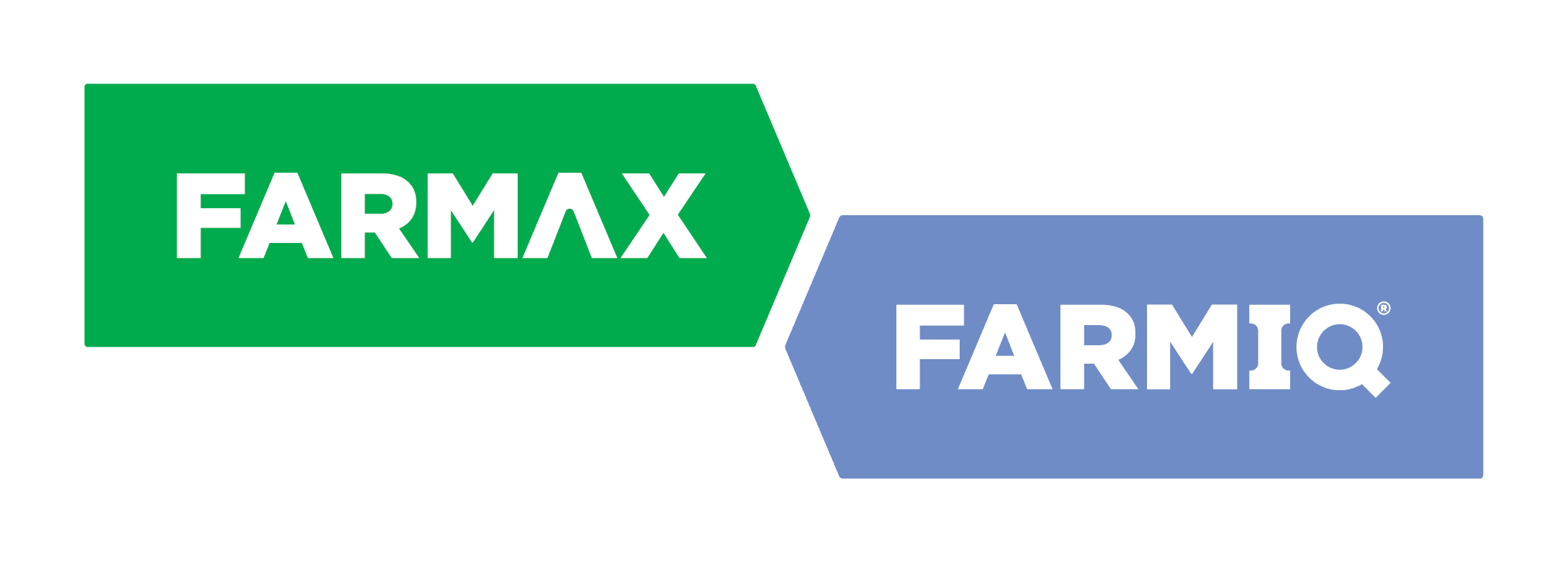Paul Marshall has been a key part of developing and nurturing FARMAX since 1988, back when the seeds of a farm modelling tool were just starting to sprout into an idea.
“It's been a long journey, but it's very rewarding work that I love. I love getting every pixel just right,” smiles Paul.
Back when the Ministry of Agriculture and Fisheries (MAF) looked after ag and farming, staff wanted to turn their science into something that would make a real difference to farmers. Paul worked with David McCall who developed a code model of a North Island hill country sheep and beef farm. This model, called Stockpol, was the origins of what we know as FARMAX today.
Paul was asked to work on this exciting “technology transfer initiative” as a programmer, and he worked with several other colleagues in a team known as the Decision Support Group.
Stockpol was a DOS program in the 1980s, back before Microsoft had developed Windows, and the software was stored on floppy disks and mailed around the country to users (cool fact: Stockpol was distributed on light green disks and the green save icon in FARMAX is an homage to that). Eight MAF advisors worked with farmers to model their farms and provide feedback on the tool, helping Paul and his team further refine how the model worked.
Eventually, MAF became AgResearch and the advisors became consultants. During the 1990s, Stockpol was rewritten to run under Windows 95 with a brand-new user interface and this was when the software started to look like what we know as FARMAX today. Deer was also added to the model to incorporate velvet and venison farmers.
In about the year 2000, Stockpol was renamed to FARMAX and FARMAX became its own separate company rather than a part of AgResearch. Several years later, Rezare Systems (now known as Map of Ag) took over the development of FARMAX and this is the company that Paul now works for.
Paul says that although the original FARMAX model was based on a hill country farm, it was flexible enough that it could be applied to most farming systems, meaning more farmers were able to benefit from modelling their farm and getting a glimpse into the future.
In 2007, FARMAX Dairy was released – an entirely new FARMAX model able to create a digital twin of a New Zealand pasture-based dairy farm.
“I tried originally to extend the [original FARMAX] product to include dairy, but it became problematic, so it was decided we'd split the code and go off with two code bases, and I've spent the last 20 or so years gradually pulling them back together again,” Paul laughs.
"What I really love to see, what keeps me going is when I hear of farmers who've used FARMAX and it's made a real difference. It's made an extra $100,000 for them or it's helped them to justify an irrigation project."
- Paul Marshall, Map of Ag
These days, Paul splits his time between FARMAX maintenance, development and support:
“Answering questions, fixing bugs...it's also refactoring and optimising, making the code tighter, faster, smaller where I can. Then there's development itself, which includes features like performance interface, and it includes getting the Australian intake model ready to go.
“I'm also doing refactoring, because you can't just leave a program and not touch it. Even if this program had worked perfectly 25 years ago, it would just look horrible now. The conventions of what we expect, the screen resolution, all those things keep changing and your program has to change to keep up with it,” Paul asserts.
FARMAX’s versatility is a huge strength, and Paul considers it a kind of hybrid tool. Since FARMAX is a desktop product, has its own API and gets uploaded to a database, it can be used remotely out on farms even when there is no Wi-Fi, then it will automatically reconnect to the cloud once the user is back in range.
Looking to the future, what does Paul reckon is going to be important in terms of ag tech in the next few years?
Integrations, he believes. Paul says many people have tried to centralise agricultural data in the past, and at some point, it’s going to finally be well done and highly effective.
“It’s not just your FarmIQ data automatically finding its way into FARMAX, but data from the meat company finding its way to FarmIQ, etc. There are so many integrations and if we can get to the point where that becomes magical – that’s what we want to get to,” says Paul.
Knowing the value that FARMAX can provide farmers is what’s kept Paul working hard on the tool for so many years.
“What I really love to see, what keeps me going is when I hear of farmers who've used FARMAX and it's made a real difference. It's made an extra $100,000 for them or it's helped them to justify an irrigation project.
“It gives you a big picture of what's happening. It lets you look at options and contingencies and it maybe gives you a bit of a heads up if things are going to turn to custard. With FARMAX you might be able to see it coming a bit sooner and respond more nimbly to it.”

